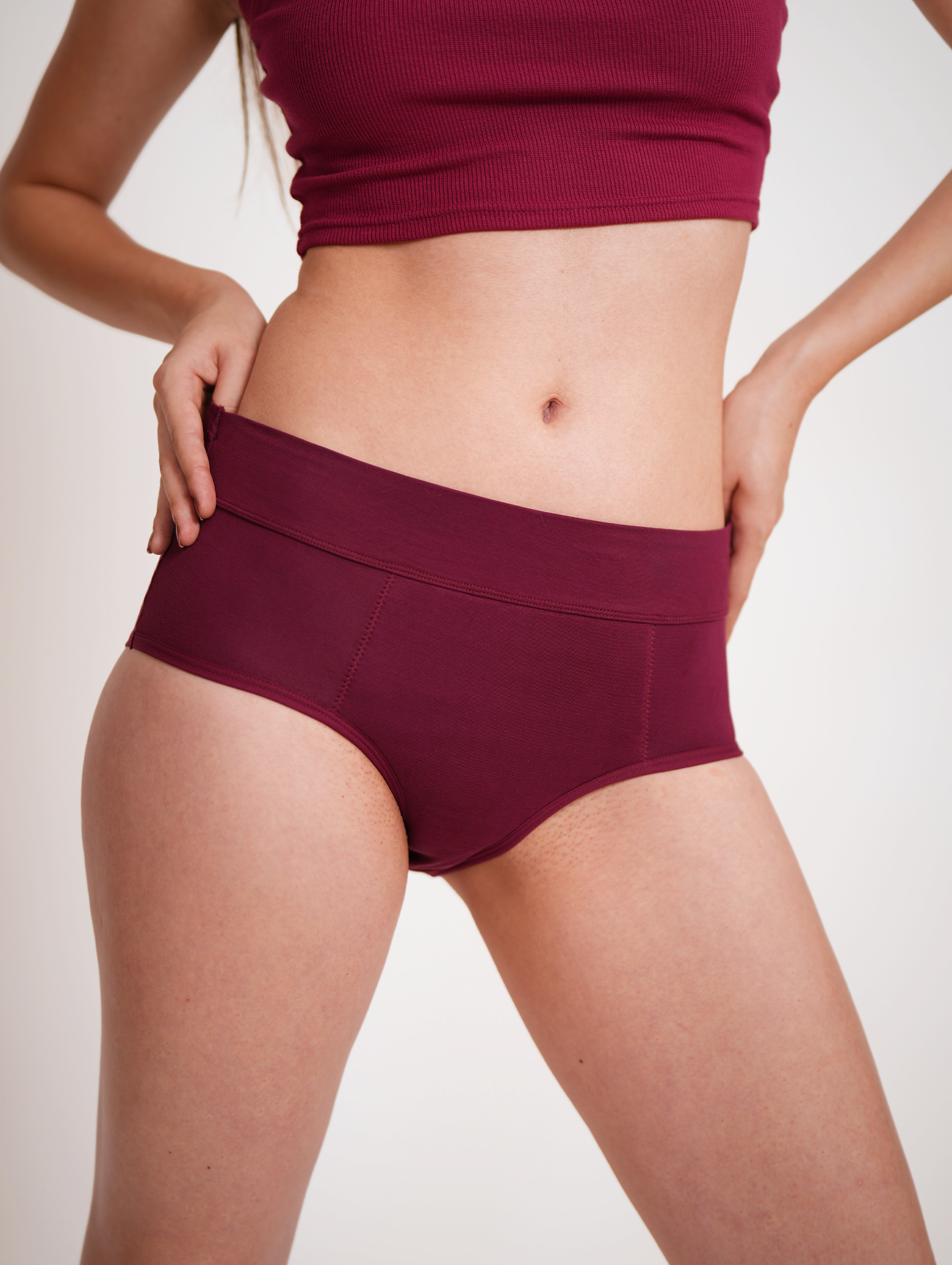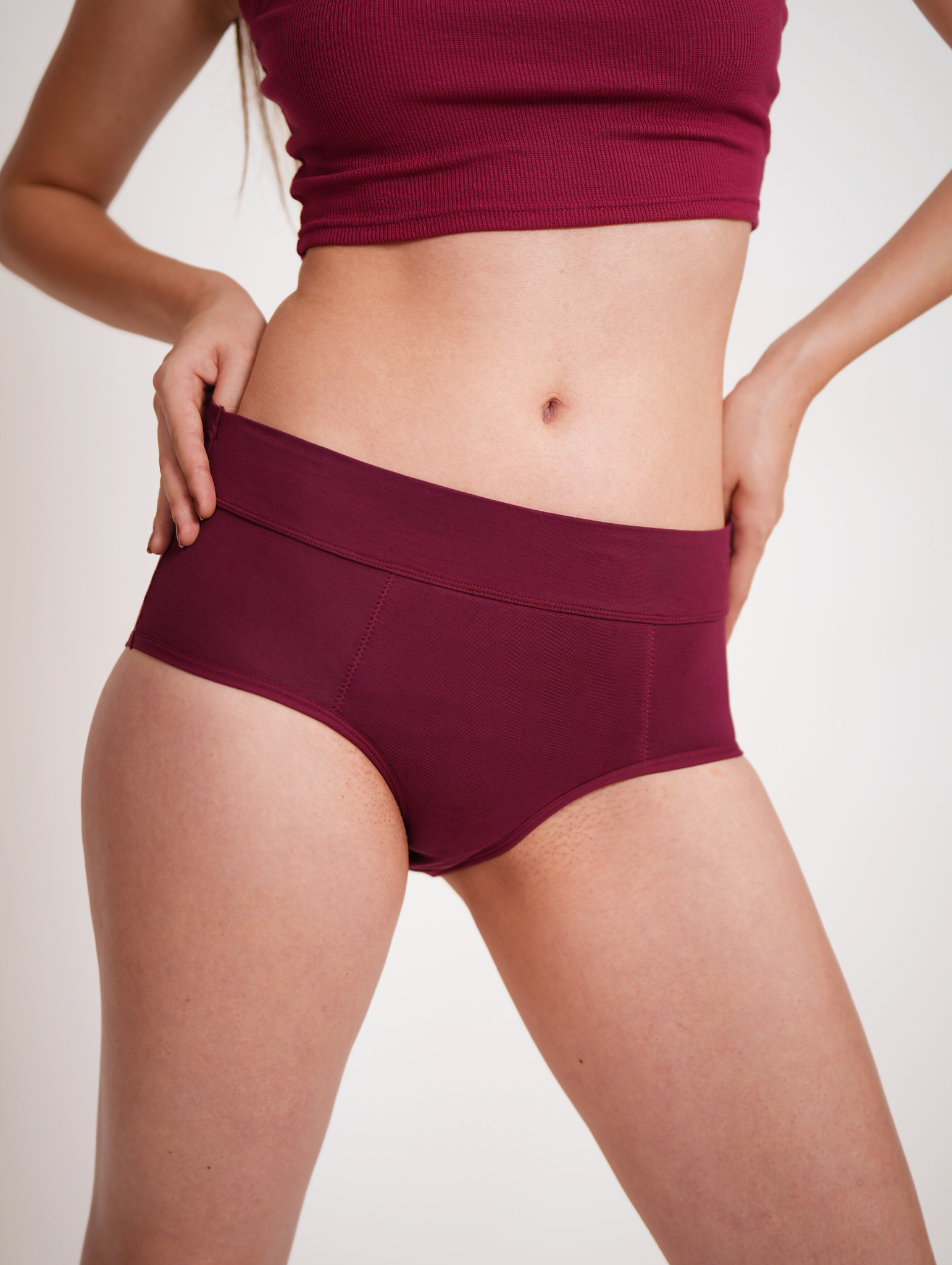Ladies, let’s talk about cycles—not the ones with wheels but those that rule our moods, energy, and cravings every month: the menstrual cycles.
There are days when we are like Beyoncé—unstoppable and glowing and then there are days when we are low on energy, curled in our bed, and don't want to move. One moment, we are laughing; the next a little emotional, maybe even a bit fiery. Am I right?
Well, here's the thing: your menstrual cycle has a bigger say in this emotional rollercoaster than you think. And guess what? The food you eat could either be your best friend—or your worst enemy—during this time.
In this blog, we’ll dive into the world of nutrition and explore the best foods for a healthy menstrual cycle—foods that can help you feel more balanced, energized, and at ease through every phase.
Foods for a Healthy Menstrual Cycle
Women undergo four stages in their menstrual cycle: menstruation, follicular, ovulation, and luteal. Each phase brings changes in one's hormones, which can affect mood, energy levels, and overall well-being, and What many may not realize is that nutrition plays a key role during these stages.
Below, we will describe the foods you can eat depending on the different stages of the cycle.
Menstruation ( 0-7 days )
Menstruation is the first phase of your cycle—when energy runs low, emotions run high, and your taste buds suddenly crave all things sweet and salty. While that bag of chips or chocolate bar might sound tempting, indulging too much can make your hormones act up even more.
Instead, show your body some love with foods that help you bounce back, not break down:
-
Iron-rich foods like spinach, lentils, and beans help replenish blood loss and fight off dreaded period fatigue.
-
Vitamin C-rich foods such as citrus fruits, red peppers, and berries boost iron absorption, making your meals work smarter.
-
Foods with Vitamin K, like blueberries and kale, may help manage heavy bleeding and keep things in balance.
-
Omega-3 fatty acids from salmon, flaxseeds, and walnuts help soothe cramps and reduce inflammation.
Follicular Phase ( 8-13 days )
The follicular phase begins right after menstruation, and from this stage, your energy levels start to rise again.
During this time, your brain releases a hormone called FSH (follicle-stimulating hormone), which helps your ovaries grow tiny sacs called follicles that hold an immature egg. As estrogen level rises, you start feeling more energetic, focused, and ready to take on the day.
Here’s what you can put on your plate :
-
Lean proteins like chicken or fish ( like salmon or mackerel) can help build strength and support hormonal balance.
-
Complex carbohydrates—such as brown rice, quinoa, oats, and whole wheat, which are rich in fiber, can keep you full, focused, and fueled for longer hours.
-
Cruciferous vegetables like broccoli, cauliflower, and cabbage (known for their “cross-shaped” flower pattern) support estrogen levels, metabolism, and hormonal balance.
-
Fermented foods like kombucha, kimchi, or yogurt can help maintain the gut, which is closely linked to hormone regulation.
-
Healthy fats from avocados, flaxseeds, pumpkin seeds, and nuts support brain health and reduce inflammation.
Ovulation phase ( around day 14)
The ovulation phase is when your body hits its natural high. During this short but powerful time, one of the follicles in the ovary releases a mature egg into the uterus—a process triggered by a surge in luteinizing hormone (LH).
To keep this momentum going, stick with the nutrient-packed foods mentioned in the follicular phase - take healthy fats, lean proteins, complex carbs, cruciferous veggies, and fermented foods in your diet. These not only support hormone balance but also help you stay energized and aligned with your body’s nutritional goal.
Luteal Phase ( 16-28 days )
The energy dip just before the period marks the onset of the luteal phase, when PMS symptoms like mood swings, bloating, and cravings show up.
As estrogen and progesterone levels drop, the body needs extra support. Instead of three big meals, go for small, regular meals or healthy snacks to stay energized throughout the day. Avoid caffeine and junk food and opt for healthy options like dark chocolate, sweet potatoes, leafy greens, fruits, and nuts. These nutrient-rich foods can ease PMS symptoms and help one stay active both physically and emotionally.
Conclusion
Nutrition plays a major role in how we feel physically, mentally, and emotionally throughout the menstrual cycle. This blog has everything one needs to understand about the right foods to intake during each menstrual phase - that can help to boost energy, ease cramps, and balance mood. Mindful eating can make all the difference. Nourishing with good and clean food will not only stabilise your mood but keep you fit and energized.
FAQ’S
1. What should I eat for healthy periods?
For a healthy period, include foods rich in iron (spinach, lentils), omega-3s (salmon, flaxseeds), and anti-inflammatory foods like berries and walnuts. Avoid processed food rich in sugar and sodium.
2. What should you eat during your period cycle?
We should eat clean, nutrient-rich foods that align with each phase of the menstrual cycle —iron during menstruation, proteins and carbs in the follicular and ovulation phases, and healthy snacks loaded with greens and fruits in the luteal phase.
3. How can I make my menstrual cycle healthy?
Focus on eating whole, nutrient-rich, clean foods. Stay hydrated, reduce stress, get enough sleep, and engage in light to moderate exercise. Tracking the cycle and eating according to each phase can also make a big difference in how one feels.



